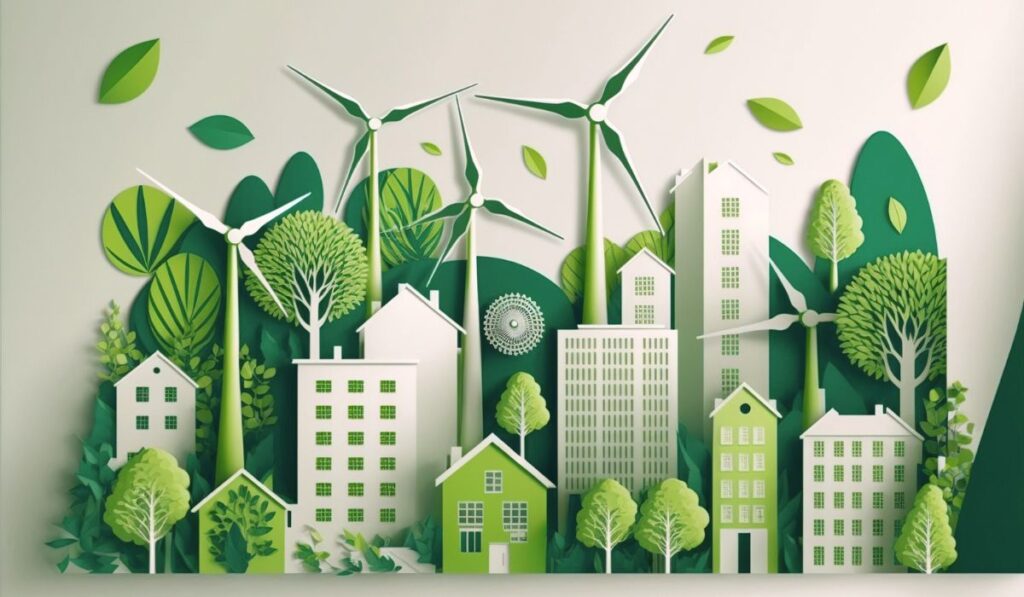In an era marked by environmental challenges, the imperative for sustainable solutions has never been more pressing. As we grapple with the consequences of climate change and resource depletion, the need to transition towards a greener, more sustainable future has become paramount. Fortunately, there are myriad strategies and technologies available to us, enabling us to build a tomorrow that is both environmentally sound and economically viable.
One of the key pillars of building a greener tomorrow is the adoption of renewable energy sources. Traditional fossil fuels, while once indispensable, now pose significant environmental risks due to their contribution to greenhouse gas emissions. In contrast, renewable energy sources such as solar, wind, and hydroelectric power offer a clean and abundant alternative. Investing in renewable energy infrastructure not only reduces our carbon footprint but also creates jobs and stimulates economic growth.
Furthermore, embracing energy efficiency measures is crucial in our quest for sustainability. From energy-efficient appliances to building retrofits, there are numerous ways to optimize energy usage and minimize waste. By reducing our energy consumption, we not only lower greenhouse gas emissions but also save money in the long run. Moreover, initiatives such as smart grid technologies and demand response programs empower consumers to manage their energy usage more effectively, contributing to a more sustainable energy landscape.
Another essential aspect of building a greener tomorrow is the promotion of sustainable transportation solutions. The transportation sector is a significant contributor to carbon emissions, primarily through the use of fossil fuel-powered vehicles. Transitioning towards electric vehicles (EVs) powered by clean energy sources is a promising avenue for reducing emissions and mitigating air pollution. Additionally, investing in public transportation infrastructure and promoting active modes of transportation such as walking and cycling can help alleviate congestion and reduce carbon emissions.
In addition to addressing energy and transportation challenges, building a greener tomorrow requires a shift towards sustainable resource management practices. This includes prioritizing waste reduction, recycling, and circular economy initiatives. By minimizing waste generation and maximizing resource efficiency, we can reduce our environmental footprint and conserve valuable natural resources for future generations.
Furthermore, sustainable agriculture practices play a crucial role in ensuring food security and preserving ecosystems. Adopting regenerative farming techniques, such as crop rotation and organic farming, can help improve soil health, enhance biodiversity, and mitigate the impact of climate change on agricultural systems. Moreover, supporting local and sustainable food systems can reduce the carbon footprint associated with food production and distribution.
Education and awareness are also essential components of building a greener tomorrow. By fostering a culture of environmental stewardship and sustainability, we can empower individuals and communities to make informed choices that contribute to a more sustainable future. This includes promoting environmental literacy in schools, raising awareness through media campaigns, and providing incentives for sustainable behavior.
Ultimately, building a greener tomorrow requires collective action and collaboration across all sectors of society. Governments, businesses, civil society organizations, and individuals all have a role to play in driving the transition towards sustainability. By embracing renewable energy, promoting energy efficiency, investing in sustainable transportation, adopting responsible resource management practices, and raising awareness, we can pave the way for a more sustainable and prosperous future for generations to come. Together, we can build a greener tomorrow.


